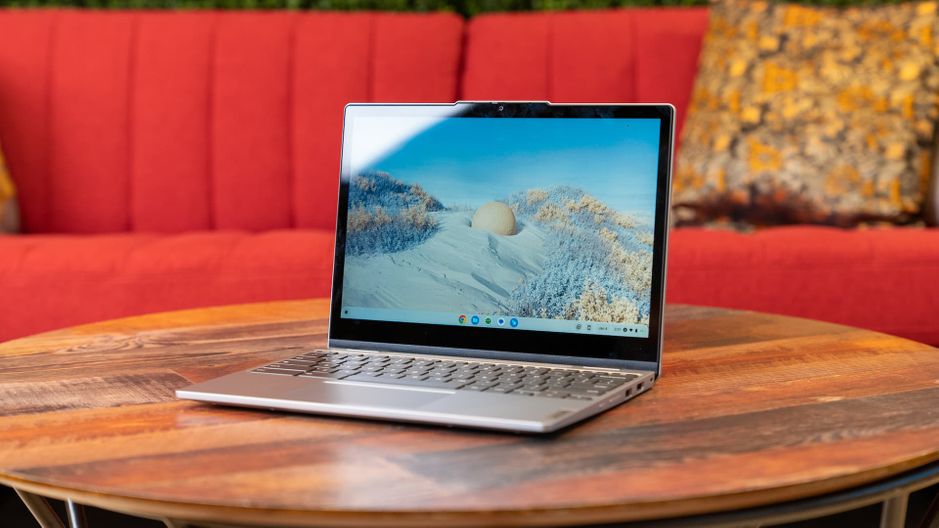
While the highlight of CES 2023 for us was most definitely the hands-on time spent with the new HP Dragonfly Pro Chromebook, there were actually devices across the price spectrum to see. Among those other Chromebooks were two interesting, new convertibles that will come in with an affordable MSRP and bring about a better-than-expected user experience to an affordable Chromebook.
We’ve published our hands-on with the Lenovo IdeaPad Flex 3i Chromebook already and we have a video coming with the ASUS Chromebook CM14 as well, but the most important takeaway from both of these devices is the fact that we’re beginning to see an improvement in what you expect to see in low-priced, consumer-focused Chromebooks as we enter 2023.
I wrote a post about this not long ago, making the case that the affordable segment of the Chromebook market needed to be shaken up with a Google-made, low-cost Pixelbook. In what has felt like a stagnant portion of the market, cheap Chromebooks all tend to feel a lot like one another and miss out on the better hardware available in devices not much more expensive than they are. A thoughtfully-made Pixelbook could have a big effect on that, but I’m beginning to think it won’t be necessary after all.
Better hardware at low prices
If CES 2023 is anything to go by, manufacturers are seeing the gap and bridging it already. The two standout devices from CES prove that companies like Lenovo and ASUS aren’t OK with the status quo any longer and they are bringing far better hardware to low-cost Chromebooks very soon.
With the Lenovo IdeaPad Flex 3i Chromebook, we’re seeing a proper FHD 16:10 12.2-inch screen at a usable 300 nits of brightness paired up with solid internals (Intel Alder Lake N100/N200 chips) and a firm chassis. Lenovo also claims a 12-hour battery and this $349 Chromebook gets a 1080p webcam and all the I/O you could ask for; including a full-size HDMI port.
With all the extras on the outside, you’d be forgiven for thinking the insides are the same old slow, mediocre processors we’ve become accustomed to in low-cost Chromebooks: but that’s not the case. Instead, these new Intel Alder Lake N chips look to finally be the real deal, delivering solid performance on a battery budget. We’re talking 10th-gen Core i5 numbers, here, so unless you are pushing this device really hard, it’s gonna have enough to keep up.
Then we have the ASUS Chromebook CM14 that comes with a nice 14-inch IPS screen, the new MediaTek Kompanio 520, and a stowed USI pen as well. ASUS tested this device to meet MIL-STD 810H standards, it has a spill-resistant keyboard, massive battery life, a huge trackpad, and is as thin as they come in the Chromebook world. The Kompanio 520 on the inside won’t blow anyone’s mind with performance numbers, but it should be a massive step up from the Kompanio 500 found in the original Lenovo Chromebook Duet. Apart from the entry-level processor, these are things we expect to see on higher-end Chromebooks; not ones that are supposed to be in the $300 range.
And that’s the point of all this. As we see the Chromebook market continue to stretch, we need to see better offerings on the high end and low end alike. $1000 Chromebooks should have that Pixelbook or Pixelbook Go quality to them, and we’re seeing that beginning with the HP Dragonfly Pro Chromebook. But low-cost Chromebooks should be getting better, too, and we’re finally seeing a move in that direction as we begin the year.
As these things go, my bet is we have other manufacturers ready to build low-cost, high-quality Chromebooks for the consumer market (not just education), and this segment could get very interesting and very competitive as the weeks wear on in 2023. It will be a fun one to watch, for sure, so make sure to stay tuned and get subscribed to the newsletter so you don’t miss out!

